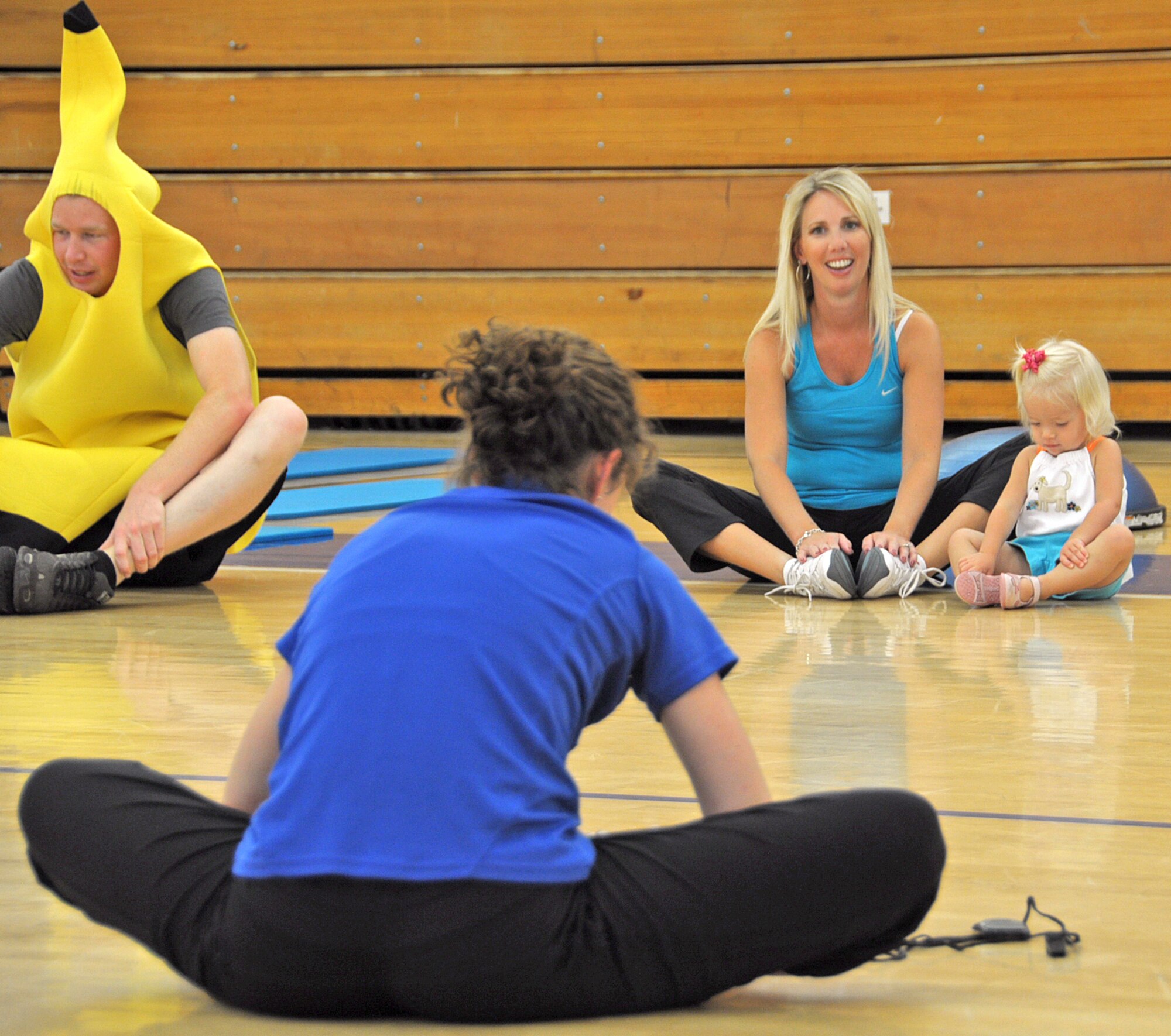Rope Wall Yoga: 12 Poses to Try, Benefits
페이지 정보
작성자 Nannette 댓글 0건 조회 2회 작성일 25-01-07 13:02본문
Another study conducted by the American Council on Exercise (ACE) in 2016 found that despite being a low to moderate-intensity exercise, Aerial Yoga practice led to a significant decrease in risk factors linked to cardiovascular disease in participants. There are three primary types of Rope Wall that are being followed commonly. 1. Stand facing the wall with the rope behind. Stand tall facing the wall with suspended ropes and ledge. 1. Stand at an arm’s length away from the wall by facing towards it. Whereas Wall Yoga is more traditional, Aerial Yoga allows for a combination of traditional yoga poses, Pilates, aerial arts, and dance - creating a dynamic and playful experience. It helps build strength, flexibility, and stamina while also increasing cardiovascular endurance through dynamic movements and postures. It helps in stretching the backside of the leg and improves balance, concentration, and focus. Extended hand-to-big toe rope wall pose, also known as Utthita Hasta Padangusthasana is performed with one lifted leg and an extended hand holding on to the lifted leg’s big toe. The other end of the rope holding the above foot is pulled with the hand to increase the pressure on the upper leg. The side reclining rope leg lift pose helps with hip muscles and tightening the gut muscles.

1. Repeat the pose as desired, focusing on deepening the stretch and maintaining proper alignment. By employing these ropes, practitioners can adapt poses, intensify stretches, and refine their alignment. Explore your unique alignment: Make sure to pay attention to your alignment in each pose and give yourself space to do what works for you, even with the added support of the wall. This guide is presented to illustrate the use of wall ropes and how they can be used with some basic asanas as well as some more advanced asanas. A comfortable and secure piece of equipment for those looking to take their yoga practice further, shop our full collection of yoga ropes and swings. Designed to enhance performance, alertness and confidence, as well as intensify your routine, this equipment is perfect for those who have become confident in their practice and are ready to challenge themselves by moving on to the next step in their yoga journey. While yoga on ropes can be an amazing addition to your yoga routine, there are a number of precautions and contraindications that are important to consider before diving into the practice of Kurunta or Aerial Yoga.
Stand tall with your back towards the wall between two ropes suspended on the wall. As a combination of the two practices, aerial yoga can only be a recipe for calm and confidence! Practicing inversions like suspended headstand in rope yoga taking support at the back improves blood circulation in lower back and doesn’t even compress the crown of the head. The rope headstand pose also known as srisasana is an inversion pose done by placing the crown of the head on the mat and the legs extended up against the wall. Lift your right leg off the floor and place the right foot on the wall keeping the right leg perpendicular to the left. You can also place a bolster under your head to keep the head and relaxed in this pose. The conventional pose of this rope yoga exercise is Anantasana, also known as Sleeping Vishnu pose. Rope yoga requires us to engage our entire body to maintain balance and control in unusual positions without the earth below our feet. Yoga Kurunta is a method of performing a variety of asanas with the help of a rope to enable the student to attain accuracy, agility and balance. Make sure the doors or wall that you are using as your base for rope yoga is strong and reliable enough for it.
Extended side angle pose in rope wall stretches the legs and strengthens the knee and arms. Relax into the pose and focus on deep breathing for a while. It also helps to increase stamina and improves focus. The extended hand-to-big-toe pose helps in strengthening the leg muscles including thighs, knees, and ankles. The upward dog pose helps to strengthen the arms, shoulders, and core while improving the flexibility in the chest and spine. It also opens the lungs, improving circulation while strengthening the back and its core. This is followed by bending the knee and sliding the shins to the wall while inverted the head towards the floor and lowering the buttocks over the heels. Seek guidance: If you’re new to wall yoga or have any concerns, seek guidance from a qualified teacher before practicing on your own. All Iyengar yoga classes are equipped with rope walls in fixed configuration. Also check out Socal Yoga Walls for custom installation of premade Great Yoga Walls, with installation services available nationally in the US.
If you have any concerns pertaining to the place and how to use Yoga Rope, you can get in touch with us at our own webpage.
댓글목록
등록된 댓글이 없습니다.



